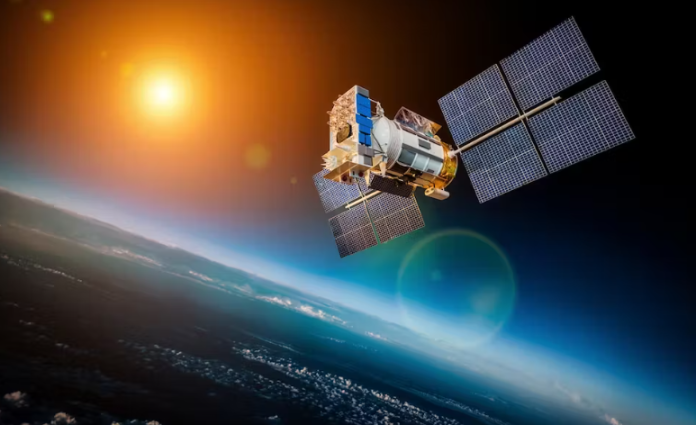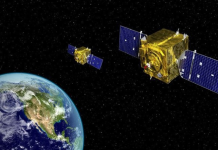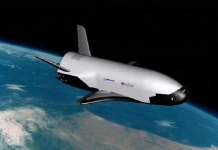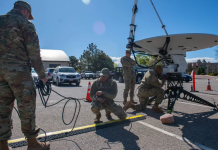U.S. military researchers are asking the industry for new testing methods for radiation-induced single-event effects (SEE) of high-reliability next-generation electronics.
Officials of the U.S. Defense Advanced Research Projects Agency (DARPA) in Arlington, Va., released a broad agency announcement (HR001123S0047) for the Advanced Sources for Single-event Effect Radiation Testing (ASSERT) project.
The 4.5-year ASSERT program will develop new capabilities for SEE testing of 3D heterogeneously integrated electronic components and circuits and seeks to transform today’s radiation-hardened electronics design process to enable rapid deployment of next-generation electronics for space and nuclear warfare applications.
Goals include the generation of energetic particles with penetration as deep as 5 millimeters in silicon with high-radiation-relevant linear energy transfers and beam diameters of less than 0.2 microns. Several contract awards are expected.
The ASSERT program involves one technical area that addresses two technical challenges: deep penetration depths with space-radiation linear energy transfers; and charge tracks with fine spatial resolution. Proposals must respond to both technical challenges.
Radiation effects threaten electronic systems from three main natural sources: galactic cosmic rays; charged particles trapped by planetary magnetic fields; and solar particle events.
Artificial radiation sources like particle accelerators, reactors, and nuclear weapons also pose threats to electronic systems. Electronics are susceptible to upset, degradation, and failure from total ionizing dose; displacement damage dose; and the instantaneous response to single ionizing particles, such as SEE, which threaten the reliability of the U.S. nuclear arsenal, spacecraft, avionics, and terrestrial systems such as computer server farms and autonomous vehicles.
Linear energy transfer is a key SEE test parameter and measures the energy deposited per unit length as an energetic particle travels through a material. Space-radiation linear energy transfers fall in the range of 0.1 to 100 MeVcm2/mg.
Today, the principal method for SEE testing in the U.S. relies on heavy-ion sources that produce large-diameter beams for part- and board-level radiation qualification of electronics. These sources produce relatively large beam spot areas ranging from a few square centimeters to as large as 60 square centimeters with penetration depths to hundreds of microns.
SEE testing of integrated components will require an irradiation source that provides a combination of multi-millimeter penetration depths, space-radiation-relevant linear energy transfers, and fine spatial resolution and control to provide the linear and angular precision necessary to probe sensitive areas and to isolate faults.
Current SEE testing is unable to meet all of these requirements simultaneously, necessitating new sources to qualify next-generation microelectronics for nuclear and space applications that require high reliability in radiation environments.
The process of testing with ion beams is slow and laborious, and problems worsen with the increasing complexity of electronics. As a result, ASSERT sources must be compact and cost-effective so they can be incorporated into the development process.
Companies interested should submit abstracts no later than 4 Aug. 2023, and full proposals by 15 Sept. 2023 via the DARPA BAA website at https://baa.darpa.mil.





